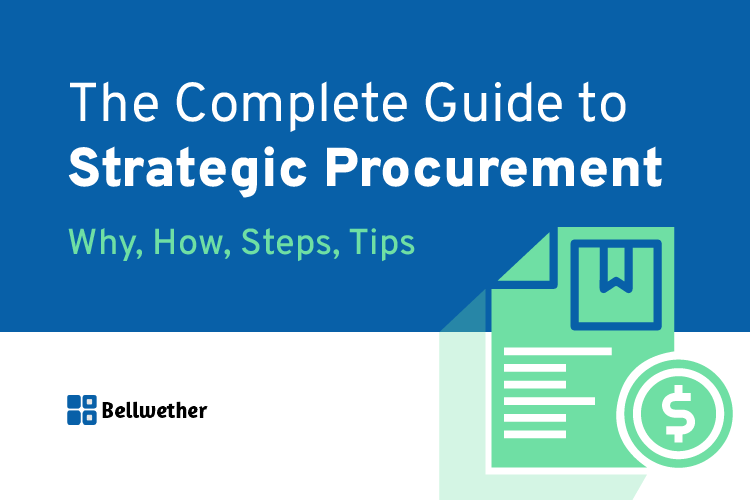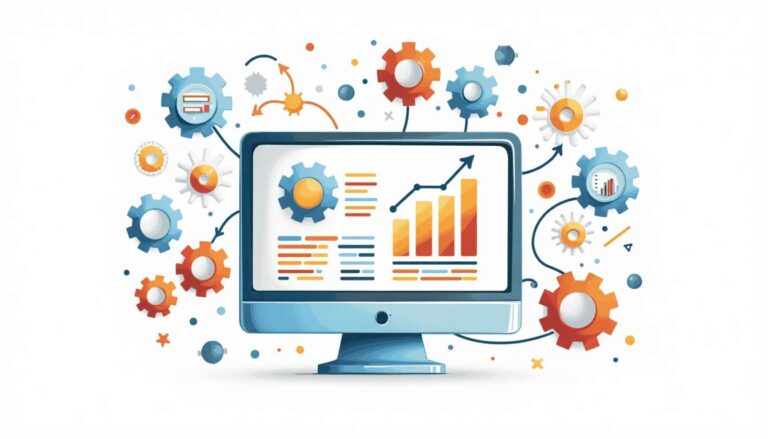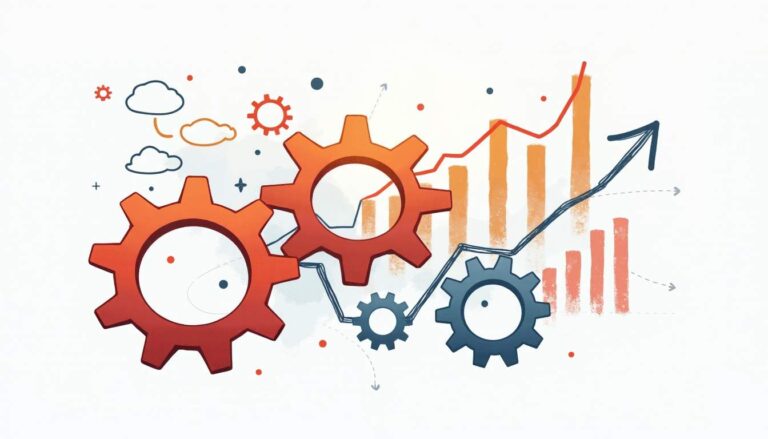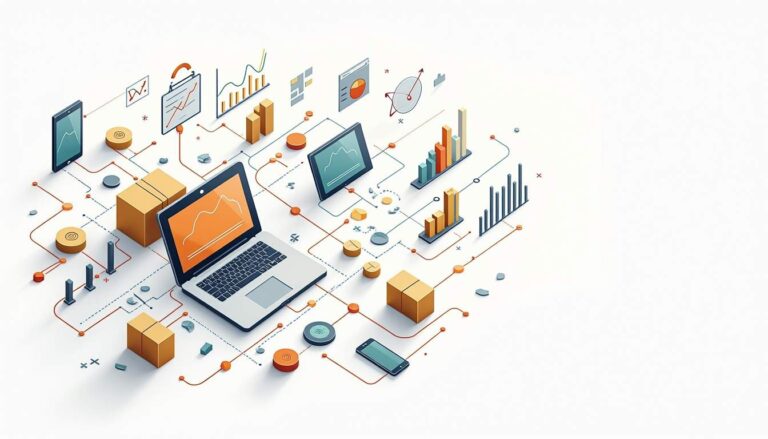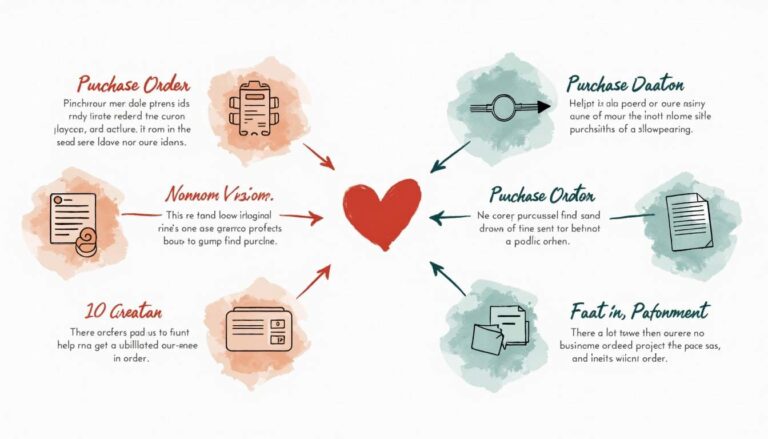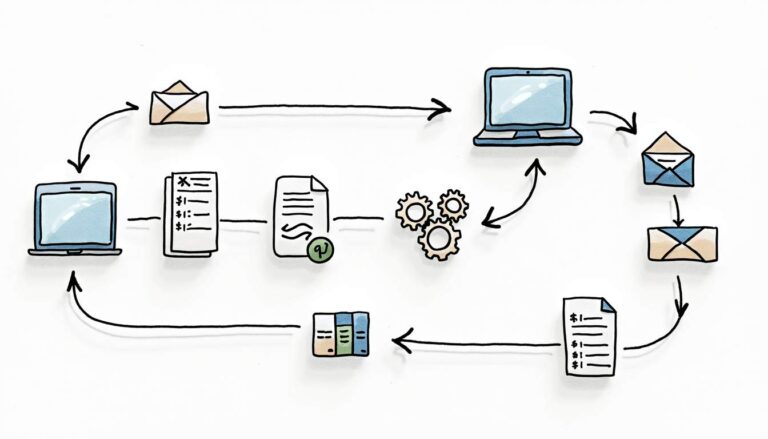Developing a procurement strategy that effectively encompasses productivity, efficiency, agility, and automation is a tricky task. A task, if achieved, can take the current procurement landscape to new levels of effectiveness and growth.
Let’s understand what strategic procurement is and how implementing a proactive approach to procurement can help in efficient spend tracking and much more.
What is Strategic Procurement?
The term Strategic Procurement refers to the company-wide process which aims to ensure the timely supply of goods and services in line with the long-term strategic/business goals of the organization.
Strategic procurement is critical for an organization to meet its core objectives while reducing the risk within the supply chain and maintaining long-term relationships with suppliers. Since this aligns with the company’s business goals, it is an activity that requires cooperation from all departments throughout the organization.
Why Strategic Procurement?
Company-wide goal-setting and strategy for procurement are not just about reducing costs, it is about achieving effectiveness across a range of values and standards that matter to your enterprise.
Having an inconsistent procurement process throughout the business is a pain point for many organizations. This is due to a lack of planning and inconsistency within the departments.
Strategic procurement helps companies bypass common mistakes like undefined purchasing tasks, lack of efficiency and balance in the procurement process, and much more. Procurement alone cannot help a company march on the path of success if it is not in line with the core objectives.
Hence, implementing strategic procurement at the highest level will not only help the company’s growth pace but also maximize bottom-line profits.
A dedicated team can aid in setting the right direction for the business by skimming through past procurement processes’ data and implementing future procurement plans.
Procurement v/s Purchasing
The terms procurement and purchasing are often thought of as the same and are used interchangeably. However, they are quite distinct in their intent, what they accomplish and the people involved.
The procurement process includes identifying a need, researching suppliers, and then sourcing them after careful selection and consideration, issuing RFQ, and evaluating quotes. Further, it also includes negotiating, acquiring goods and services, quality checks, analyzing KPIs, and building long-term supplier relationships.
The above-mentioned points are a glimpse at how the end-to-end procurement process looks like. But what is purchasing?
Simply put, purchasing is a tiny subset of the broader procurement function. Purchasing is associated with acquiring the goods and services required by an organization. Activities like ordering, processing payments to suppliers, receiving, and payment fulfillment are associated with purchasing.
The procurement process starts right from the identification of needs while the purchasing process starts with obtaining a purchase requisition, which comes much later in the procurement process. Procurement is a much broader term while purchasing is a small part of the larger procurement process.
Types of Strategic Procurement
Procurement has evolved and there are types of procurement that are much talked about lately. Let’s have a look at some of them.
Strategic Sourcing
Globalization has forced businesses to go digital. Most businesses today take what is the best from globalization for them in order to expand performance and enhance efficiencies. Hence, the role of effectively sourcing goods and services from suppliers has become inevitable.
In the changing business landscape, procurement is transforming into a more strategic function that is aligned to business objectives and long-term goals. The current COVID-19 crisis, economic volatility, and technological disruptions have rendered the market fierce competition. Therefore, businesses need to adapt to these changes and this is where strategic sourcing comes into the picture.
Strategic sourcing is the process of identifying the spend profile of an organization and its supplier base to make sure their business requirements are aligned with the suppliers. Successful implementation of a strategic sourcing process creates efficiencies across spend categories, minimizes supply risks with improved supplier selection, and gives visibility into pricing and forecasting.
The aim of strategic sourcing is to minimize the risks involved in the supply chain while continuously evaluating and re-evaluating the sourcing activities in the organization. Strategic sourcing considers suppliers as critical value partners and aims to build sustained and collaborative relations.
Understanding the company’s suppliers is an important aspect of strategic sourcing and involves immense research. It is crucial that an in-depth understanding of the suppliers and their core capabilities is developed and aligned to the sourcing requirements of the organization.
Since there is so much time spent on selecting the suppliers, businesses can achieve optimal efficiencies in both customer and supplier organizations. The three most important components of strategic sourcing include spend analysis, researching the market, and evaluating the suppliers i.e. supplier relationship management.
While each of the above components requires close attention, flawless execution of these components takes a talented human resource team with specific skill sets and an efficient ERP technology to achieve desired results.
Tactical Sourcing
While strategic sourcing had everything to do with the long-term goals and core objectives of the company, tactical sourcing is more of a short-term approach. This type of sourcing is commonly practiced in small to medium-sized manufacturing organizations.
Tactical sourcing essentially focuses on achieving the lowest possible cost without considering other factors like supplier relationship management, risk management, supply chain risk mitigation, etc. As a result, building long-term relationships with suppliers and understanding how it aligns with the company’s core objectives is not a priority in tactical sourcing.
This type of sourcing is not considered to be sustainable as it does not factor in the long-term objectives of an organization and communication with suppliers happens only when a problem arises. It is said that tactical sourcing can bring short-term gains to a company but it prohibits sustained optimization of its sourcing activities.
Operational Procurement
Just as the name suggests, operational procurement is the procurement of goods and services that are required for the daily sustenance of a business. It is also referred to as MRO purchasing i.e. maintenance, repair, and operations. These purchases are necessary to keep the business running.
This type of procurement is most effective in larger companies as they will benefit from applying operational procurement principles to their overall procurement process. The larger the company, the more the benefits.
Operational procurement aids in keeping the production run smoothly. It is about optimizing procurement functions so that the company has access to the materials they need at the right time, place, and at the best possible price.
This type of procurement gives way to optimal cost savings in a number of ways. Since procuring goods and services for the daily functioning of business is complex, there is room for error and maverick spending. However, with operational procurement, you will see improved reporting as you can extract data from your systems.
These reports can be shared within your organization with stakeholders, they can generate key performance reports, etc. which in turn will leave less room for error and maverick spending.
While procurement has evolved over time and the landscape is ever-changing, it is safe to say that the above-mentioned types of procurement are useful for any kind of business to build a stronghold in their industry. Optimizing efficiencies, aligning to long-term goals, reducing costs, and making time to do the more important things in an organization is the way to go!
Now, let’s have a look at the steps involved in strategic procurement.
The Steps of Strategic Procurement
The procurement process is not always easy. It can get rather complicated. Implementation of the strategic procurement process is organization-wide, keeping in mind the long-term goals of the company. It requires the cooperation of all the departments in an organization for successful implementation.
Simply put, if all the departments are on the same page about the strategic procurement process, it is easier to implement the plans and set up a team for the same. This team will set the overall direction for procurement, aligned with the company’s business strategy. Further, the team will then use the data from the strategic procurement process to develop and implement a strategic procurement plan.
Here are the steps to a successful procurement process:
- Internal need analysis
Before developing any strategy, it is crucial that we do need analysis. In the same way, a procurement strategy demands the identification of needs and targets which involves the collection of several types of data. This helps with current growth projections and maximizing cost savings.
- Spend analysis
There is nothing more important than to analyze existing spend by sourcing data from suppliers as well as from within the organization.
- Assessment of the supplier’s market and supplier selection
Conducting a thorough analysis of the suppliers’ market and researching about them is an essential step that can set your organization up for success. The selection of suppliers should be done carefully as the supplier’s inability to meet selection criteria can result in significant losses for the company.
- Create a procurement/sourcing strategy and implement it
Based on the information gathered above, a company can make informed decisions and can proceed to develop an efficient sourcing strategy. Once you have a strategy in place, the successful implementation of your sourcing strategy should not be a problem.
- Negotiation with suppliers and selection of winning bids
The strategic procurement team evaluates the responses gathered from suppliers and after making an informed decision, will select the winning bid and award it to the supplier. Once the evaluation process is complete, the team will enter contract negotiations with the first selected bidder.
If the above steps are followed, your organization will have successfully developed and implemented a strategic procurement plan.
Best Strategic Procurement Tools
While we read all about what strategic procurement is and why it is important for your organization to implement a procurement strategy, it is important that you also know the best tools to use which will help you implement the strategies.
Here are a few procurement tools that will help your organization nail the strategic procurement process:
- Coupa
Coupa’s cloud platform will help you manage all your transactions across procurement, payments, and supply chain. Coupa’s procurement software is slightly on the expensive side and is only for enterprises.
- Bellwether
Bellwether is among the initial leaders and has been in the procurement industry for over 35 years. Bellwether’s procurement software has the capability to give your organization greater visibility and control of your company’s spending by cutting costs and streamlining purchasing. This procurement software has different products for SMBs and enterprises with reasonable pricing.
- SAP Ariba
SAP Ariba’s e-procurement and supply chain cloud solutions are easy to deploy and have helped many companies realize value and save money. Ariba’s procurement software is slightly on the expensive side and is only for enterprises.
- Procurify
Procurify has a centralized purchasing management software with custom approvals, budget controls, and real-time insights with an intuitive and user-friendly solution. This is a good solution that is a little expensive but lacks important procurement features like inventory.
- Oracle Procurement Cloud
Oracle’s cloud procurement software’s capabilities, built-in collaboration, and analytic insights drive agility, manage risks and increase margins. This is a great software which is slightly expensive with prices above $500/user/month.
After evaluating your organization’s needs and budgets, you can make an informed decision about which is the right procurement software for your company. The implementation of procurement in your organization will only bring positive changes to your bottom line and help in reducing costs and managing time efficiently.
Procurement Tips for Purchase Managers
Purchasing managers are a crucial part of a company and they are important for the smooth functioning of the procurement process. They play an important role in the success and failure of the companies they work for.
In short, procurement managers are expected to forecast anticipated demand for products and services and when they are not doing this, they spend time negotiating with suppliers and vendors to get the most value for their company.
They are also responsible for nurturing a long-lasting relationship with suppliers, forecasting price trends, managing their own teams and training them, among many other things. Now, these are all very important tasks and they are not all easy.
To top all of the above, the procurement landscape is ever-changing, thanks to the COVID-19 pandemic, and purchase managers have been striving hard to keep their supply chains and procurement processes from falling apart.
To tackle the recent crises and many others to come, purchasing managers need to take their procurement and managerial skills to the next level. Here’s how:
- Innovation in procurement
Managing your purchasing process can be made easier if you adapt to the latest technologies which help your businesses grow. Using tools that help you manage your teams better while not losing focus on the bigger picture can help you a great deal.
- Forging strong and long-lasting bonds with suppliers
Your role as the purchasing manager will be more effective when you have good relationships with your stakeholders i.e. your suppliers and vendors. Sharpening your vendor management skills can help you win them over, resulting in better business.
- Collaboration with teams
Your team is the most critical aspect of managing your procurement processes. If your team is not in sync, there are chances that the process may collapse. In today’s remote work cultures, it is crucial that there is a collaboration between teams.
- Empowering top performers to keep them engaged
The happier your team’s top performers, the more likely they are to perform better. Rewarding your team members’ achievements will only make your job of managing them easier and make the team more efficient.
- Looking and thinking beyond the best
Finally, it is important that procurement managers look at their end goal. If every manager did things like everyone else, what will make them stand out tall from the crowd? Thinking beyond the usual will definitely help managers to grow.

